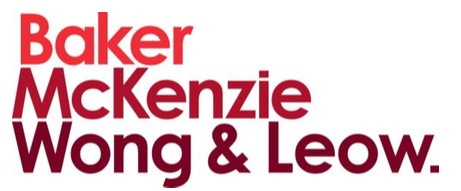31 January, 2020
The Therapeutic Products Branch ("TPB") of Singapore's Health Sciences Authority ("HSA") has introduced the new initiative of enabling the distribution of package inserts ("PIs") and patient information leaflets ("PILs") via electronic means. The PI is an official document specifying the regulatory approval that HSA has granted to the therapeutic product (the "TPs") in respect of clinical use, efficacy and safety. It acts as the official point of reference for communications between product registrants and healthcare professionals. As such, the PI should contain the most updated approved information.
The above e-labelling initiative began on 19 August 2019 and is currently only available for PIs and PILs for prescription-only medicines. It entails placing a machine-readable code or website URL on the TP's packaging, which will link to a secure online system that publishes the PI and PIL in a digital format ("e- labels"). This dispenses with the need to rely on a hardcopy insert typically contained within the packaging of the TP.
The TPB has also issued a guidance note on the e-labelling format, requirements and the product registrant's roles and responsibilities for e-labelling of the TP (the "Guidance"). Some of the notable requirements include:
(a) The digital format of the PI and PIL must be accessible and optimized for viewing on devices such as smartphones, laptops and tablets;
(b) The website URL, machine-readable code or equivalent should be placed on the outer packaging of the TP with accompanying instructions on how to access the e-labels;
(c) Product registrants who implement e-labelling must ensure that the electronic hosting platform is accessible to users. Ideally, users should be provided with a direct link to the e-label. Users should not be asked for their personal information, be required to register or need to log onto the site before access is granted;
(d) Product registrants must ensure that e-labels published on their websites contain the most current PIs and PILs, as approved by HSA. E-labels should be updated within 4 weeks of receiving the HSA’s approval;
(e) Information displayed electronically should not be false or misleading and there should be no advertisements directed to the general public for prescription-only medicines.
While not a requirement in the Guidance, participating product registrants should ensure that healthcare professionals to whom the participating TPs are supplied to, are given adequate advance notice of the use of e-labelling.
Interested product registrants are directed to submit their proposal to TPB via an online notification form accessible here, at least 2 months prior to the actual implementation. Product registrants who will be implementing e-labelling will be allowed to concurrently distribute the PIs and PILs electronically and in physical copies, or to implement e-labelling in lieu of physical copies. The TPB intends to review the feasibility of its e-labelling initiative and will consider extending the initiative to non-prescription medicines after 6 months.
Given the need for the PI to be constantly updated due to its role as a point of reference for communications between product registrants and healthcare professionals, the introduction of the e-labelling initiative is certainly welcome insofar as it will facilitate the timely dissemination of the latest approved PI and PILs. However, it remains to be seen if such a proposal will be feasible for non- prescription medicines, where medication is supplied to patients without any warnings from healthcare practitioners. Patients would have to be inclined to accessing the PIs and PILs online for such an initiative to succeed.
More information on the e-labelling initiative can be found here.
For further information, please contact:
Andy Leck, Principal, Baker & McKenzie.Wong & Leow
andy.leck@bakermckenzie.com
Ren Jun Lim, Associate Principal, Baker & McKenzie.Wong & Leow
ren.jun.Lim@bakermckenzie.com





